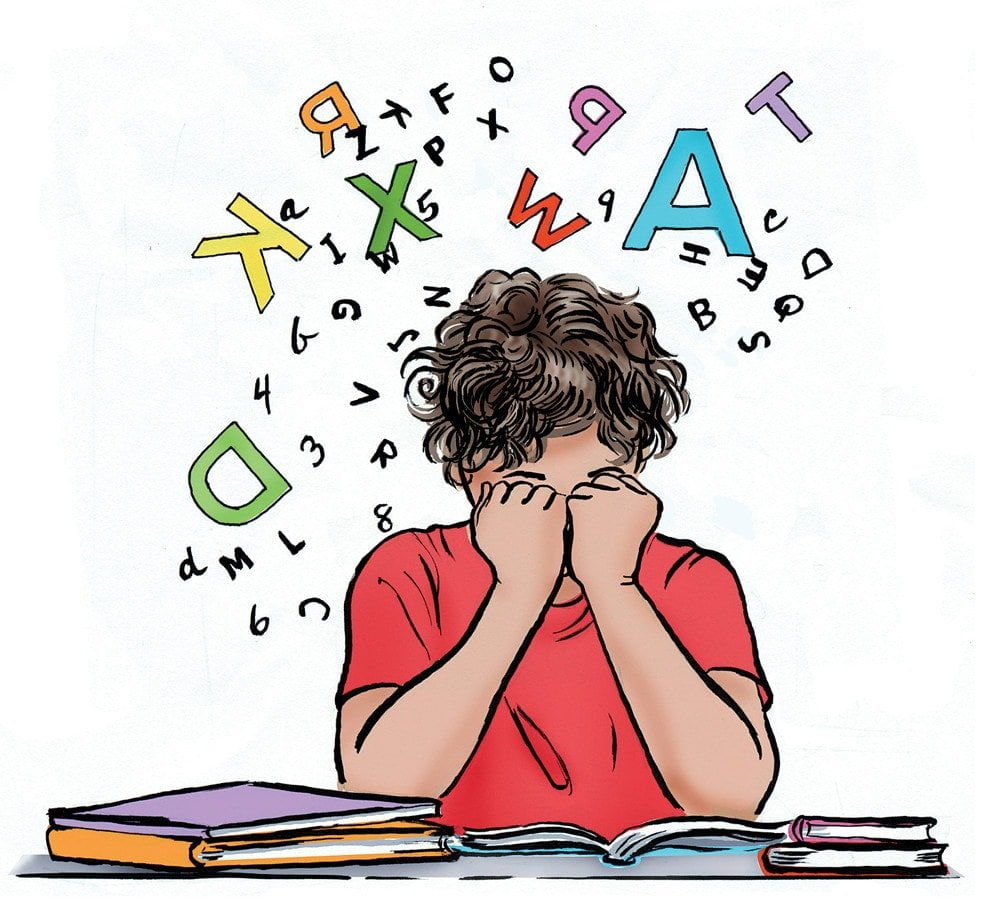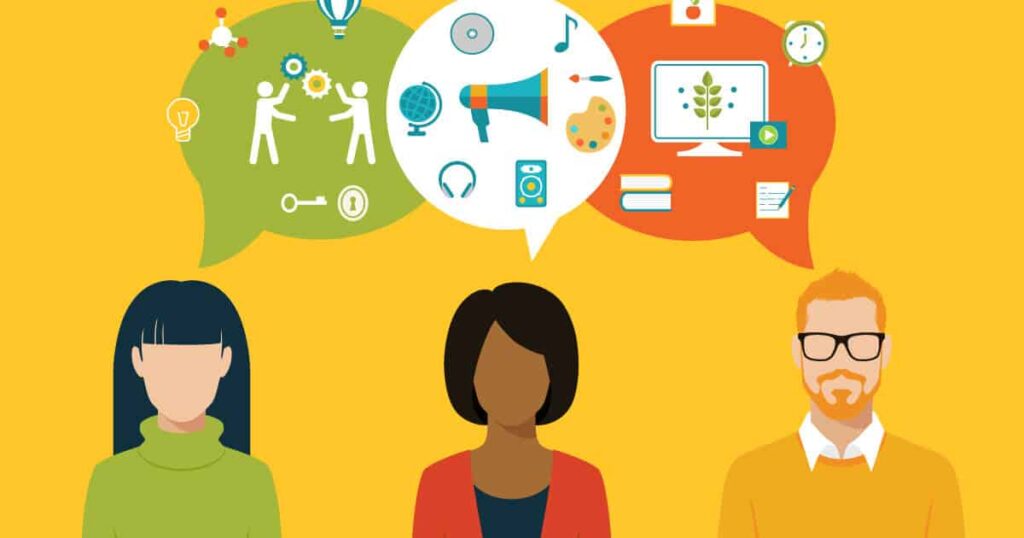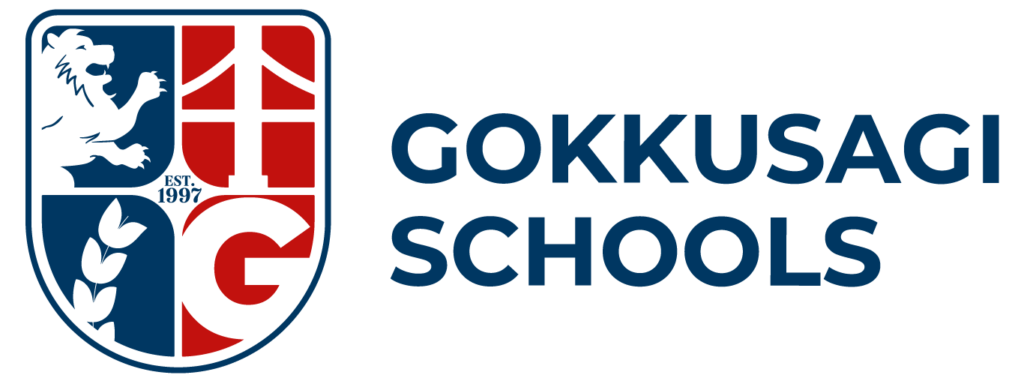In the world of education, no two students are the same. We all have our own unique ways of absorbing information and making sense of the world around us. This is why understanding the different learning styles is crucial in enhancing our educational experience. From visual learners who thrive through sight, to auditory learners who harness the power of sound, to kinesthetic learners who embrace hands-on approaches, we each have our own preferred method of acquiring knowledge. In addition, there are read-write learners who excel with textual materials and social learners who thrive in collaborative environments. Join us on a personal journey as we delve into these various learning styles and guide you in discovering your ideal approach to education.
Understanding The Different Learning Styles
When it comes to education, one size does not fit all. Every individual has a unique way of processing and retaining information, which is why understanding different learning styles is crucial for effective teaching. Learning styles refer to the preferred ways in which people acquire knowledge and skills. By identifying and catering to these styles, educators can create an inclusive and engaging learning environment for all students.
There are several types of learning styles, each characterized by distinct preferences and strengths. Visual learners, for example, rely on images, diagrams, and visual aids to understand and remember information. On the other hand, auditory learners learn best through listening and verbal explanations. They often excel in group discussions and lectures. Kinesthetic learners thrive in hands-on experiences, using physical movement and touch to grasp concepts. They benefit from real-life examples and interactive activities.
Another learning style is read-write learning, which emphasizes the use of text and written materials. These learners prefer taking notes, reading textbooks, and engaging in writing assignments to absorb and process information effectively. Social learners, on the other hand, thrive in collaborative settings. They enjoy working in groups, engaging in discussions, and exchanging ideas with their peers. Social learning enhances their understanding by allowing them to verbalize and validate their thoughts and insights.
| Learning Style | Characteristics |
|---|---|
| Visual Learning | Relies on visual aids and images |
| Auditory Learning | Thrives through listening and verbal explanations |
| Kinesthetic Learning | Embraces hands-on experiences and physical movement |
| Read-Write Learning | Focuses on text and written materials |
| Social Learning | Thrives in collaborative and group settings |
Understanding and recognizing the diversity of learning styles among students allows educators to tailor their teaching methods accordingly. By incorporating different teaching techniques that cater to various learning styles, teachers can ensure that every student has the opportunity to excel and grasp concepts effectively. It is important to create a balanced learning environment that integrates visual aids, verbal explanations, interactive activities, group discussions, and written materials.
Furthermore, recognizing one’s own learning style can empower individuals in their educational journey. By understanding their preferred style, students can adopt strategies that align with their strengths and overcome challenges more efficiently. They can actively seek out resources and study methods that cater to their learning style, resulting in improved academic performance and confidence.
In conclusion, understanding the different learning styles is essential for effective education. By tailoring teaching methods to cater to visual, auditory, kinesthetic, read-write, and social learners, educators can create an inclusive and engaging learning environment. Recognizing and embracing one’s own learning style also empowers individuals to thrive academically. By acknowledging and accommodating diverse learning styles, we can ensure that education is accessible and beneficial for all.
Visual Learning: Enhancing Education Through Sight
Visual learning, one of the most prominent learning styles, involves using sight as the primary method of learning and processing information. Individuals who utilize visual learning prefer to see information in order to understand and retain it more effectively. This learning style is based on the idea that individuals learn best through visual aids such as images, diagrams, charts, and videos.
Visual learners have a strong ability to remember and recall information that they have seen. They often have a good sense of spatial awareness and are skilled at visualizing concepts and ideas. These learners are also effective at interpreting and analyzing visual data, making connections between different pieces of information, and identifying patterns or trends.
One of the key advantages of visual learning is that it can enhance the educational experience for both students and teachers. Visual aids can make complex ideas and concepts more accessible and easier to understand. For example, a diagram or flowchart can simplify a complex process, making it easier for students to grasp. Similarly, using visual aids during presentations or lectures can help keep students engaged and focused, enhancing their overall learning experience.
- Visual aids: Visual learners benefit immensely from the use of visual aids such as diagrams, charts, and infographics.
- Engagement: Visual learning can help keep students engaged and interested in the subject matter.
- Memory retention: Visual learners have a strong ability to remember and recall information that they have seen.
Furthermore, visual learning can also improve communication and comprehension among individuals with different learning styles. Visual aids provide a common visual language that can be understood by learners with varying preferences. This can facilitate effective communication and collaboration in educational settings, promoting a more inclusive and comprehensive learning environment.
In conclusion, visual learning is a powerful learning style that enhances education through the use of sight. By incorporating visual aids into teaching materials and presentations, educators can create a more engaging and accessible learning experience for students. Visual learners can leverage their strengths in processing and recalling visual information, ultimately maximizing their learning potential and achieving academic success.
| Advantages of Visual Learning |
|---|
| Enhances understanding and comprehension of complex information |
| Keeps students engaged and focused on the subject matter |
| Improves communication and collaboration among learners |
| Facilitates memory retention and recall of information |
Auditory Learning: Harnessing The Power Of Sound
When it comes to learning, everyone has their own unique style. Some individuals thrive when reading or writing, while others prefer a more hands-on approach. However, there is a significant portion of the population that learns best through auditory means. This learning style, known as auditory learning, involves using sound and verbal communication as the primary means of absorbing information. In this blog post, we will explore what auditory learning is, how it can be harnessed in the educational setting, and the benefits it offers to students.
First and foremost, auditory learning involves the processing of information through listening and speaking. Individuals who favor this learning style tend to understand and retain information more effectively when it is presented to them verbally rather than visually or kinesthetically. This can include listening to lectures, engaging in group discussions, participating in audio-based activities, or even reciting information aloud to reinforce understanding. By utilizing these auditory techniques, students are able to actively engage their auditory senses and immerse themselves in the learning process.
One of the key advantages of auditory learning is that it promotes active listening and improved comprehension. When information is presented verbally, students are required to listen attentively, process the content, and understand its meaning. This act of active listening stimulates the brain and enhances comprehension, as students must mentally organize the information in order to make sense of it. Additionally, auditory learning facilitates effective note-taking skills, as students can capture main ideas and key points during lectures or audio-based activities, supporting their understanding and retention of the material.
- Improved memory recall is another benefit of auditory learning. Because sound has a unique way of triggering memory, auditory learners often have a remarkable ability to recall information that they have heard. Repetition and reinforcement of auditory information can further enhance memory retention, allowing auditory learners to recall and retrieve knowledge more effectively. This can be particularly advantageous in exams or other situations that involve recalling information from memory.
- Furthermore, auditory learning can also enhance communication and language skills. As auditory learners actively engage with verbal information, they naturally develop their abilities to articulate their thoughts and express themselves effectively. By participating in group discussions or debates, auditory learners strengthen their verbal communication skills and expand their vocabulary. This not only supports their academic success but also prepares them for professional environments that rely heavily on effective oral communication.
| Advantages of Auditory Learning |
|---|
| Active listening and improved comprehension |
| Enhanced memory recall |
| Improved communication and language skills |
In conclusion, auditory learning is a valuable learning style that harnesses the power of sound and verbal communication to enhance education. By actively listening to lectures, engaging in group discussions, and utilizing audio-based activities, auditory learners are able to absorb and retain information in an effective manner. The benefits of auditory learning include improved comprehension, enhanced memory recall, and strengthened communication skills. As educators, it is crucial to foster an inclusive learning environment that accommodates different learning styles, including auditory learning, to ensure that all students have the opportunity to excel academically.
Kinesthetic Learning: Embracing Hands-On Approaches
When it comes to learning, different individuals have different preferences and styles. One such style is kinesthetic learning, which emphasizes hands-on approaches to education. Kinesthetic learners thrive in environments that encourage physical activity and active engagement with the subject matter. By incorporating movement, touch, and manipulation into their learning experiences, kinesthetic learners are able to better absorb and retain information. In this blog post, we will explore the concept of kinesthetic learning, its benefits, and how individuals can embrace hands-on approaches to enhance their educational journeys.
- Benefits of Kinesthetic Learning
Kinesthetic learning offers several benefits for individuals who prefer a hands-on approach to education. One of the key advantages is increased engagement and focus. By actively participating in the learning process, kinesthetic learners are more likely to stay attentive and interested in the subject matter. This can lead to better retention of information and a deeper understanding of the topic at hand. Additionally, kinesthetic learning promotes physical movement, which can have positive effects on overall health and well-being. Regular physical activity has been shown to improve cognitive function and enhance memory.
- Strategies for Embracing Kinesthetic Learning
There are various strategies that individuals can employ to embrace hands-on approaches and tailor their learning experiences to their kinesthetic preferences. One effective strategy is incorporating physical movement into studying. This can involve pacing around the room while reviewing notes or using gestures and body movements to reinforce concepts. Another strategy is utilizing manipulatives and tangible materials. By interacting with objects such as models, puzzles, or building blocks, kinesthetic learners can enhance understanding and retention. Additionally, incorporating real-life examples and experiences into learning can further engage kinesthetic learners. Field trips, experiments, and simulations provide opportunities for hands-on exploration and application of knowledge.
- Creating a Kinesthetic Learning Environment
To fully embrace kinesthetic learning, it is important to create an environment that supports hands-on approaches. Providing ample space for movement and physical activities is essential. This can include flexible seating options, such as standing desks or exercise balls, as well as designated areas for hands-on activities. Incorporating visual aids, such as charts, diagrams, and illustrations, can also enhance learning for kinesthetic learners. Furthermore, encouraging collaboration and group work allows kinesthetic learners to engage in hands-on projects and activities with their peers. By fostering a kinesthetic-friendly environment, educators and individuals can create a conducive setting for effective learning.
| In summary, kinesthetic learning is a valuable approach that harnesses hands-on experiences to enhance education. By incorporating movement, touch, and manipulation, kinesthetic learners are able to actively engage with the subject matter and improve their understanding and retention of information. Creating a kinesthetic learning environment and employing various strategies can further optimize the learning experience for these individuals. As education continues to evolve, recognizing and accommodating different learning styles, including kinesthetic learning, is crucial for maximizing the potential of every learner. |
Read-Write Learning: Making The Most Of Textual Materials
Read-write learning, also known as verbal-linguistic learning, is one of the many different learning styles that individuals may possess. It refers to the preference for using language, both written and spoken, to acquire and process information. People with this learning style excel in activities such as reading, writing, and listening to lectures. They have a strong affinity for words and find textual materials to be their primary source of learning.
Individuals who have a read-write learning style benefit from various strategies and techniques that allow them to make the most of textual materials. One effective approach is to engage in active reading. This involves highlighting key points, jotting down notes, and summarizing the main ideas in one’s own words. By actively interacting with the text, read-write learners enhance their comprehension and retention of the information.
Furthermore, incorporating writing activities into the learning process is highly beneficial for read-write learners. Taking notes during lectures or while reading serves as a valuable tool for reinforcing understanding. Additionally, rewriting or summarizing information in one’s own words helps to internalize and better comprehend the material. Creating flashcards, outlines, or concept maps can also be effective study aids for read-write learners.
- Note-taking: Read-write learners find note-taking to be an essential method for retaining information. They often prefer to write down information in their own words to better understand and remember it.
- Summarizing: Summarizing content helps read-write learners to distill key ideas and concepts. This process allows them to review and retain information effectively.
| Advantages of Read-Write Learning: | Disadvantages of Read-Write Learning: |
|---|---|
| – Proficient in writing assignments and essays | – Might struggle with visual or hands-on activities |
| – Ability to grasp complex written material | – Difficulty in remembering information presented orally |
| – Skilled in organizing and outlining ideas | – Limited engagement with non-textual learning resources |
In conclusion, read-write learning style emphasizes the importance of textual materials in the education process. Individuals with this learning style thrive when provided with opportunities to read, write, and engage with written content. By utilizing effective strategies such as active reading, note-taking, and summarizing, read-write learners can make the most of their preference for verbal-linguistic learning and optimize their educational experience.
Social Learning: Collaborative Education For Success
Social learning is an educational approach that emphasizes collaboration and interaction among learners. It recognizes the importance of social interactions in the process of acquiring knowledge and skills. In this learning style, students are encouraged to work together, share ideas, and learn from each other’s experiences. The goal is to create a supportive and inclusive learning environment that fosters teamwork, critical thinking, and problem-solving skills.
One of the key benefits of social learning is its ability to promote active engagement. When students collaborate with their peers, they become actively involved in the learning process. They can participate in discussions, ask questions, and provide feedback to their fellow learners. This active engagement enhances their understanding of the subject matter and helps them develop a deeper level of knowledge.
- Social learning also promotes the development of important interpersonal skills. Through collaborative activities, students learn how to communicate effectively, listen to others’ perspectives, and work in teams. These skills are not only valuable in academic settings but also in the future workplace. Employers often seek candidates who can work well in teams and adapt to changing dynamics.
| Advantages of Social Learning: | Disadvantages of Social Learning: |
|---|---|
| 1. Enhanced understanding through active engagement. | 1. Potential for social distractions. |
| 2. Development of interpersonal skills. | 2. Possible uneven participation among group members. |
| 3. Preparation for collaboration in the workplace. | 3. Time constraints in organizing group activities. |
In addition to academic benefits, social learning also contributes to personal growth. By collaborating with others, students can gain new perspectives, broaden their horizons, and develop empathy towards different cultures and backgrounds. This exposure to diverse viewpoints facilitates the development of a well-rounded individual with a global mindset.
However, it is important to recognize that social learning may have its limitations. It is essential to strike a balance between individual and group work to ensure that all students have the opportunity to contribute and learn effectively. Moreover, the integration of technology and online platforms has expanded the possibilities for social learning, allowing learners to connect and collaborate beyond traditional classroom boundaries.
In conclusion, social learning offers a collaborative approach to education that promotes active engagement, interpersonal skills, and personal growth. By harnessing the power of social interactions, students can enhance their understanding, prepare for future collaboration, and develop into well-rounded individuals. As educators, it is essential to incorporate social learning strategies and create an inclusive learning environment that empowers students to succeed.
Finding Your Ideal Learning Style: A Personal Journey
Learning is a lifelong process that varies from person to person. Each individual has their own unique way of absorbing and retaining information, known as learning styles. These learning styles can be categorized into different modalities, including visual, auditory, kinesthetic, and read-write. Understanding and identifying your ideal learning style is crucial as it can significantly enhance your educational experience. This blog post will delve into the concept of learning styles, explore the different modalities, and provide guidance on how to find your perfect fit.
Understanding The Different Learning Styles
Visual Learning: Enhancing Education Through Sight
Auditory Learning: Harnessing The Power Of Sound
Kinesthetic Learning: Embracing Hands-On Approaches
Read-Write Learning: Making The Most Of Textual Materials
Social Learning: Collaborative Education For Success






